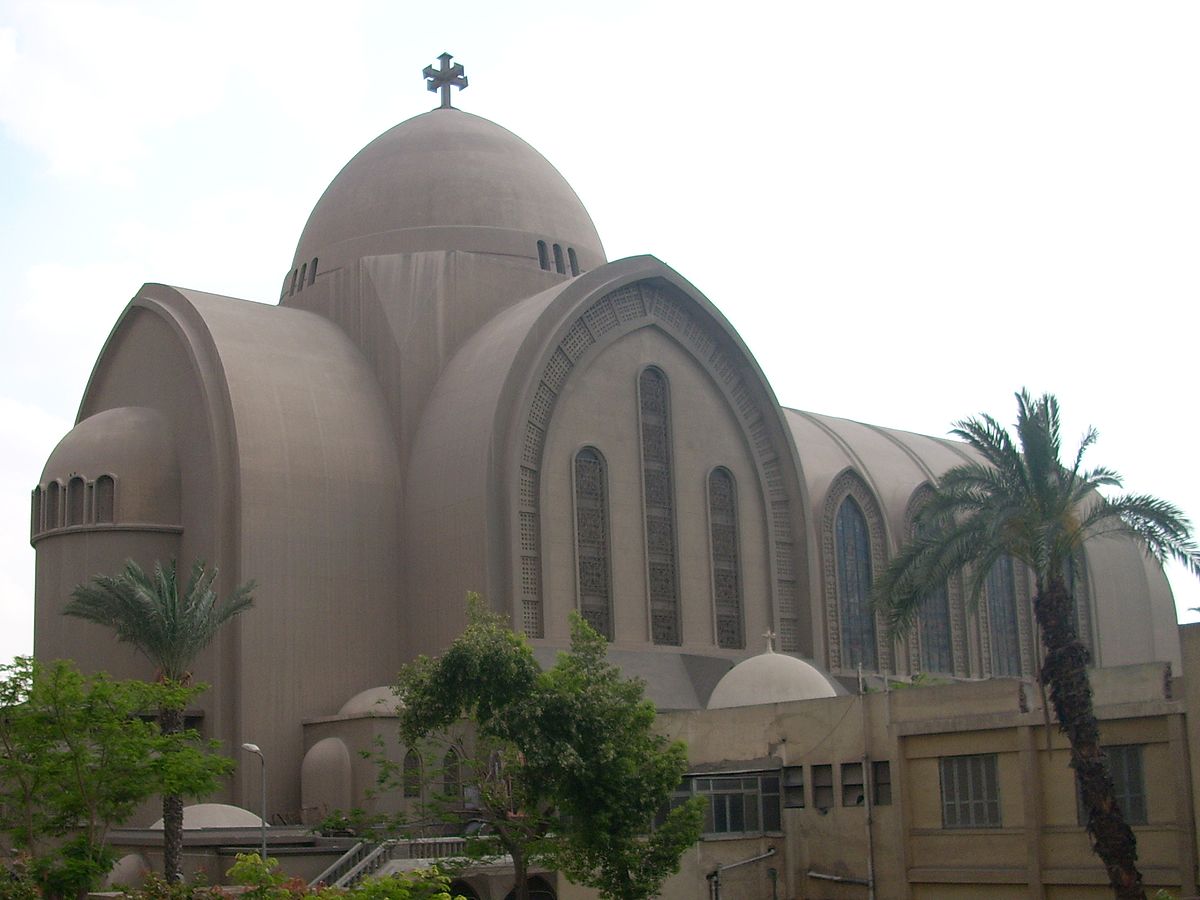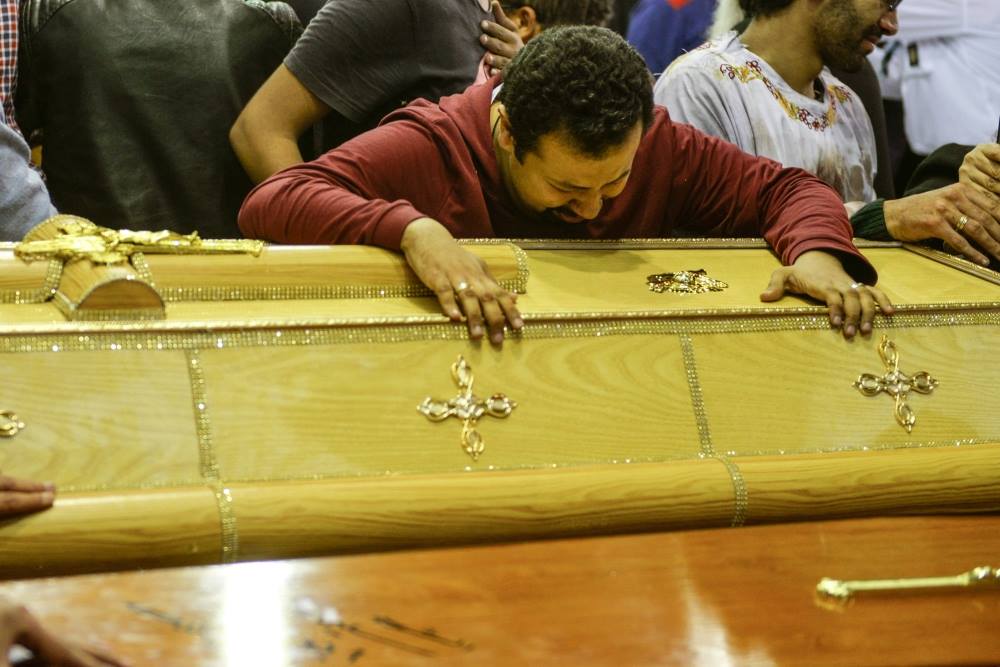
We have all heard the phrase, “seeing is believing.” But German cultural-development mavericks Julia Tieke and Berit Schuck are hard-pressed to prove otherwise through their recently launched audio art initiative, The Alexandria Streets Project.
“The project is for and about public places in Alexandria,” explains Tieke, the project’s co-founder. “The city’s past, present, and future will be explored and connected acoustically in 20 short audio pieces [Arabic/English] about things that are invisible today, including recent political events, historical structures and forgotten encounters.”
Through a series of interviews with a range of Alexandrians from skateboarders and musicians, to doormen and intellectuals, as well as found footage, personal archives and field recordings of local sounds, Tieke and Schuck are creating a unique, interactive sonic map of the coastal town that emphasizes the importance of sound on the human experience, and opens up the possibility for mapping both individual and collective meanings attributed to certain locations throughout the city.
Just the other day when Schuck and Tieke were conducting interviews around the Bibliotheca Alexandrina, they received an emotionally riveting testimony from a woman who recounted the moment her husband proposed marriage to her at the foot of the Bibliotheca stairs years ago.
These types of personal stories in addition to clips of music and sound bites will make up most of the cartographic content for the project.
“The whole concept is based upon things that cannot be seen,” explains Schuck. “We will create 20 audio tracks that can be downloaded from our website and put on any mp3 player or mobile phone. The website will also contain the map where users can find approximate information that will lead them to certain places in Alexandria where they can then listen to the audio file that is connected with the place,” she adds.
Schuck goes on to mention that the audio tracks will be autonomous enough, meaning listeners can also experience the soundscape without having to be in the specific locations listed on the map.
Sonic mapping has become an increasingly popular tool over the past several years and is typically used by artists, musicians, radio stations, and even anthropologists to create and understand sound environments. Often times, sonic mapping is used to introduce sounds to public spaces, usually in the form architectural or cultural audio-guides and walks.
Advocates of sonic studies champion the idea of ascribing personal meanings to sounds in order to trigger cultural memory – they believe that re-encountering particular locations can help foster new understandings of everyday spaces. The goal is often times to mobilize personal expression and interpretation through fuller and more immersive map-based interactions.
“In the Western world, we are often confronted with people who think they know what is going on in the Arab region and only connect with the rage and uprisings,” says Schuck, “Our goal is to provide a new way of looking at and experiencing things in the Arab world — it’s about creating new perceptions, and not based on content we create, but instead, the content is generated from the locals themselves.”
The audio art project doesn’t stop there — the second part of the initiative includes a mini radio academy, which will consist of a three-day-event hosted by the Goethe-Institut Alexandria. The free, mini radio academy is comprised of nine workshops directed by renowned independent Egyptian journalists, young radio makers, and cultural activists.
The Alexandria Streets Project has partnered up with Alexandria’s first and only independent online radio station, Radio Tram — both organizations will work together to conduct practical workshops addressing music journalism, radio talk shows, radio activism, and radio in public spaces.
Kicking off this Saturday, participants can join lectures given by Tieke and Schuck titled, “A sound walk through the neighborhood,” and “A mapping experiment in the neighborhood,” respectively.
Later that afternoon, participants will have the opportunity to enter the above listed workshops conducted by local professionals ranging from, independent music journalists such as, Chitra Kalyani to Ezz al-Bindary who is part of the Egyptian Radio & TV Union and a radio presenter of a critical show titled, “Global Talk.” Radio Tram members, including Ahmed Abd Elghani and Reem Hany will also conduct workshops alongside The Alexandria Streets Project’s moderators and speakers.
Tieke says, “The mini radio academy is essentially for, and with, Radio Tram. Alexandria is void of any strong independent media, so what Radio Tram is doing is very important — online radio is less expensive than other mediums, also Egypt has a staggering illiteracy rate making online radio a great medium for these young journalists to address local topics.”
Schuck adds, “The great thing about online radio is that it’s Do-It-Yourself. You can bring in so many different types of people to work together to write text, and produce shows from start to finish — that has a lot to do with democracy and the access and sharing of knowledge.”
Born out of the revolutionary spirit, Radio Tram is the collective effort of Alexandrian natives Omar Hatem, Reem al-Hany, and Mohamed Sherif.
“They idea came up after the revolution while I was with some friends,” explains Hatem, “We decided that Alexandria deeply needed something to represent the youth’s ideas present in the revolution and talent we found in those 18 days — we wanted to create a platform based on unique Alexandrian themes.”
In April of 2011, Radio Tram was born under the vision of presenting a bilingual online radio station with programs ranging from underground Alexandrian music to socio-political issues. The mission is to create an online public sphere — a digital platform for young people to engage themselves in politics and public discourse.
In just under 18 months, Radio Tram (otherwise known as, “The Underground Voice of Alexandria”), has garnered a notable following with close to 11,000 Facebook Likes, while covering a diverse range of topics in their programs including politics, sports, society, music, feminism and more.
Presented by Heba Ayman and Jallan al-Shafaie, the program titled, “Caramel” aims to present women’s point of view in all aspects of life — the show spotlights the different roles of women society by introducing powerful feminist icons in hopes of empowering Egyptian women.
“Chaise Longue,” has engrossed a significant following with thousands of listeners tuning in to hear Dina Hussein, who holds masters in psychology, and Rouh Montasser’s psychological program. Their program discusses the inner feelings and personal issues everyone faces in their daily lives.
In hopes of becoming a digital hub for culture topics, event listings, and underground music, Radio Tram offers programs like “Cabina” and “El Cima.” The former spotlights the latest updates in the underground and independent art world in Alexandria, including music and artist interviews while “El-Cima” concerns itself with Arab cinema.
According to Hatem, Radio Tram’s largest and potentially fatal challenge is their financial sustainability. He hopes the cross-cultural project will help Radio Tram to expand their network base, in addition to creating a financial strategy for future growth.
“It is extremely important to support the transformation of a media scene that was very much controlled by the Mubarak state,” explains Schuck, “Radio Tram is about critical, independent journalism — they are about democracy, about citizens, about a dialogue between cultures that is based on certain, universal values. We want to build support for their existence, and we hope, that others feel the same along the way,” she adds.




